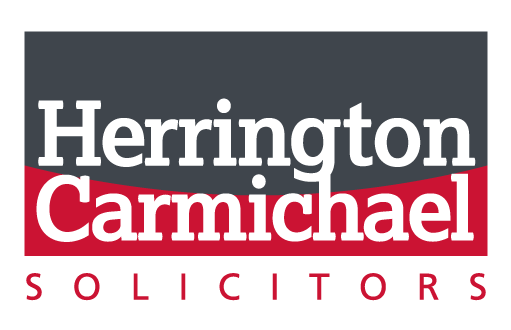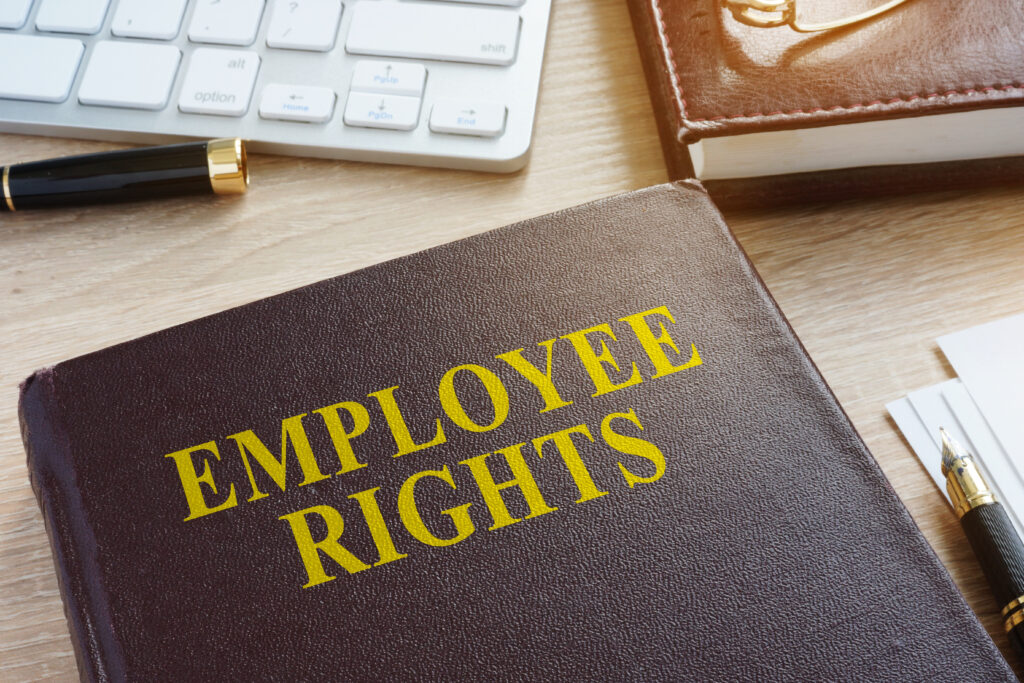Fraud is something to be carefully considered when it is raised as a concern by a client. I write as I have had several enquiries recently where the spectre of fraud has been centre of the initial instructions.
I take the view that the following “bullet point” considerations can help breakdown what to review:
- Proof of fraud is not easy – by its very nature fraud tends to go under the radar
- Professionally alleging fraud is not something, as a solicitor, to be taken on lightly
- The starting point should be in a focused and detailed examination of the instructions which give rise to the allegation – listening to all that the client or clients have to say is key, and probing those instructions and “facts” is an important role
- Is it necessary to allege fraud at all?
- What is the makeup of other intrinsic evidence that either supports or challenges the facts that give rise to the proposition of fraud?
- The intrinsic evidence can be spread quite wide obviously:
- Covering usual habits of document presentation
- Connections to those involved in the production of the document – be that the parties, the witnesses or introducers
- Signatures should be scrutinised – it may be that expert evidence should be attained
- Document presentation may give a load of information
- Are documents professionally prepared, if not who provided and produced them,
- Are there inconsistencies or formatting issues with the documents themselves.
- Are there any explanatory communications (emails or letters) purportedly explaining what the documents were intended to achieve. If not, why not?
- What were the circumstances surrounding the dates involved in respect of the advice or the purported execution – were the people involved in the right place at the right time?
- Under what circumstances is there evidence the document was produced (timing/location)
Forensic evidence may be important, but a holistic consideration is also prudent
At best, the conclusion of a handwriting expert is rarely likely to be conclusive and the chances of success will often have quite a lot to do with having an adequate “control” set of specimens. Equally, now we are so entrenched in a digital climate to our everyday lives there going to be less frequent examples of “wet” signatures being provided. It is also worth a mention that even if there is a genuine signature, that does not mean the document as a whole is genuine.
The case of Rainey –v- Weller [2021] EWHC 2206 (Ch) is useful example as to a forged Will. The Judge in the case, Deputy Master Linwood, starts off with:
“This is another sad and bitter family dispute concerning wills. Here it concerns whether Mrs Brenda Weller deceased (“Mrs Weller” or “mother”) made one or two wills, as the beneficiaries of her estate apparently changed from Ann Rainey, the Claimant to Francesca Mapp, James Weller and Arry Weller, the 4th – 6th Defendants, over the course of some four weeks.”
In this case, whilst there was handwriting evidence the court took a wide review of all the evidence and whilst it was a part of the picture, it does not come across as definitive.
At paragraph 165 the Judge, finding against the later Will in the case and determining that it was a forgery, set out 19 reasons on which his conclusion was based of which handwriting evidence was only a small part.
If you have concerns, please contact us. Herrington Carmichael LLP can provide bespoke advice.








